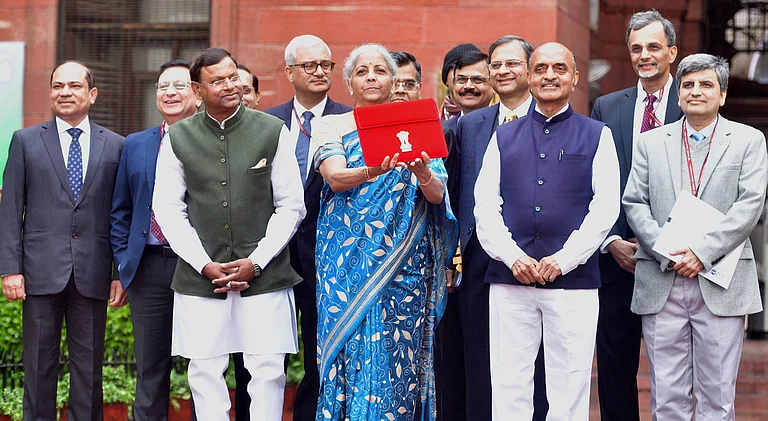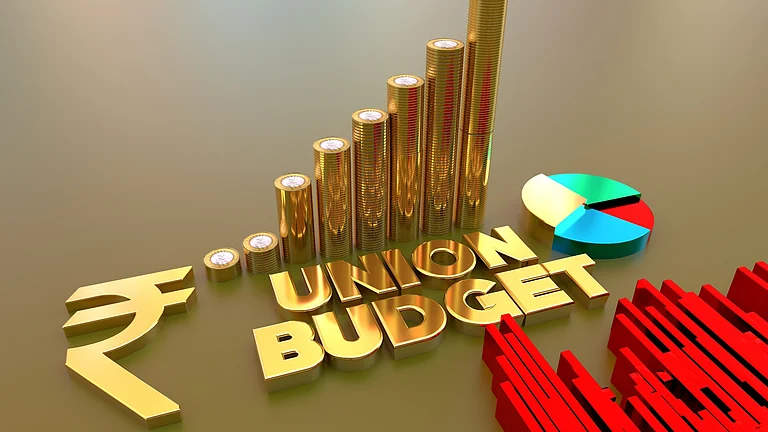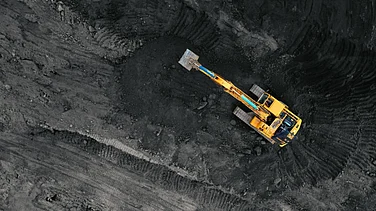As the Union Budget 2025-26 is scheduled to be presented on February 1, 2025 in the parliament, India's fiscal deficit is expected to come in at 4.4 per cent to 4.6 per cent of gross domestic product (GDP) in the Financial Year 2026, according to Goldman Sachs Economics Research.
"We think elevated public debt-to-GDP is likely to keep the fiscal consolidation path intact, and we expect the government to target fiscal deficit at 4.4 –4.6 per cent of GDP in FY26 (from 4.9 per cent of GDP in FY25)," said the report titled 'Asia in Focus—Union Budget Preview: Policy Choices in a Cyclical Growth Slowdown.'
It also noted that the central government's fiscal impulse will remain a drag on growth in the next fiscal year. It also underlined that the fastest growth pace in public capex is over, adding that the capex will grow at or below nominal GDP growth rates from here on.
"Overall, there is not much room to boost welfare spending, but we expect the pre-pandemic trends in overall welfare spending to continue," it added.
Budget Expectations Amid Growth Slowdown
The report pointed out that India is going through a cyclical growth slowdown driven by fiscal consolidation and slower credit growth on macro-prudential tightening of consumer loans by the Reserve Bank of India (RBI). It added that the budget has the challenge of balancing growth and fiscal discipline.
The receipts upside of 0.2 per cent of GDP and lower-than-budgeted capex will likely enable the government to meet the 4.9 per cent of GDP fiscal deficit target in FY25 despite lower nominal GDP growth, said the Goldman Sachs research. It also underlined that the upside in receipts was mainly driven by higher income tax collections and non-tax revenues from higher than budgeted dividends from the RBI and state-owned companies, which should offset the shortfall from corporate taxes and excise collections.
Talking on the spending priorities front in FY26, the report expects the capex growth to slow to 13 per cent Year-On-Year as compared to the FY25 from over 30 per cent in FY21-24 and remain at 3.2 per cent of GDP in FY26.
Given the reduced majority of the NDA (National Democratic Alliance) in the 2024 elections "we expect expenditure on rural, welfare, transfer schemes and subsidies to be around their pre-pandemic trends" which is 3 per cent of GDP in FY26, it said.
Even as Goldman Sachs expects natural domestic demand for government bonds to remain adequate in FY26, it also believes the RBI will have to be a net buyer of government bonds in FY26, to inject INR liquidity in the banking system and partly offset foreign exchange sales related Rupee liquidity drain.































